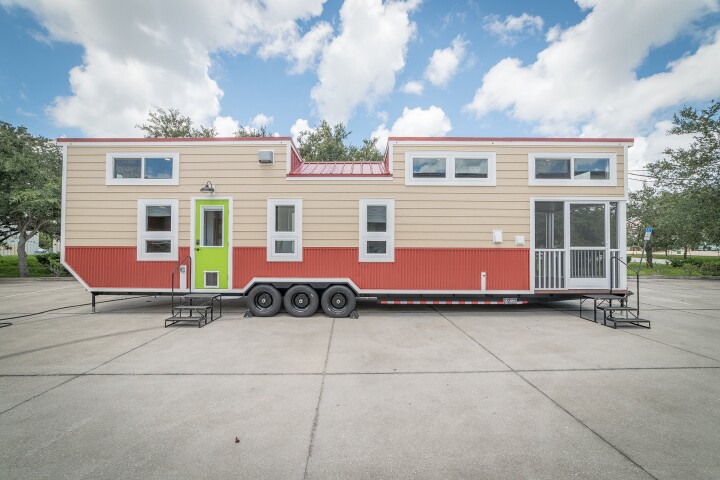Today Earth is a pretty temperate place, but about 700 million years ago ice covered the planet from pole to pole, in an extreme glaciation period often called "Snowball Earth." Scientists have proposed a whole range of theories for what might have caused the world to freeze over, and a new study has now suggested the root of them all could have been the beginnings of plate tectonics.
As residents of Earth, we've learned to accept that shifting plates and earthquakes are just an unavoidable part of life. But this activity is actually the exception rather than the rule: most other planets, except maybe Mercury, are far quieter.
"Earth is the only body in our solar system known to currently have plate tectonics, where the lithosphere is fragmented like puzzle pieces that move independently," says Robert Stern, co-author of the study. "It is much more common for planets to have an outer solid shell that is not fragmented, which is known as 'single lid tectonics'."
Things didn't play out that way on our planet. At some point in the distant past, the solid single lid broke apart to form plates that are still moving to this day. Just when that transition occurred is still up for debate, but it's generally believed that this monumental breakup took place between 3 and 3.5 billion years ago.
However, the new study proposes a much more recent transition, between 800 and 600 million years ago in the middle of the Neoproterozoic era. According to geologists at the University of Texas in Austin and Dallas, geological features that have previously been linked to plate tectonics only date back this far, and the Earth seems to have been relatively quiet for the billion years or so before that.
"If you look at the preserved record, diagnostic evidence for modern plate tectonics involving deep subduction is mainly Neoproterozoic and younger," says Nathaniel Miller, co-author of the study. "But most people think we had this much earlier in Earth history."
But there's another key piece of evidence for this revised timeline. A cataclysm such as the Earth's crust cracking into smaller pieces and rearranging themselves would no doubt have had global repercussions – and the results would likely have looked a lot like the Snowball Earth, which lines up perfectly with the newly-suggested time frame.
The UT researchers gathered 22 hypotheses that had previously been put forward as mechanisms that cooled the planet to Snowball Earth levels, including volcanic eruptions, changes to the planet's rotational axis, and rocks pulling more carbon dioxide out of the atmosphere and locking it away.
According to the team, the beginnings of plate tectonics could be the underlying cause of all of these scenarios. The breakup would have increased explosive arc volcanism and stimulated mantle plumes, which would have spewed huge amounts of material into the atmosphere. Meanwhile, the shifting plates could also have caused the Earth to wobble on its axis.
"We went through the literature and examined all the mechanisms that have been put forward for Snowball Earth," says Stern. "The start of plate tectonics could be responsible for each of these explanations. The fact that strong climate and oceanographic effects are observed in the Neoproterozoic time is a powerful supporting argument that this is indeed the time of the transition from single lid to plate tectonics. It's an argument that, to our knowledge, hasn't yet been considered."
The researchers acknowledge that their proposal goes against conventional thinking and that the possible link needs to be examined more closely. The Snowball Earth event may, for instance, just be the result of a period of increased tectonic activity, rather than the very beginning of it entirely.
The study was published in the journal Terra Nova.
Sources: UT Austin, UT Dallas (via Science Daily)




